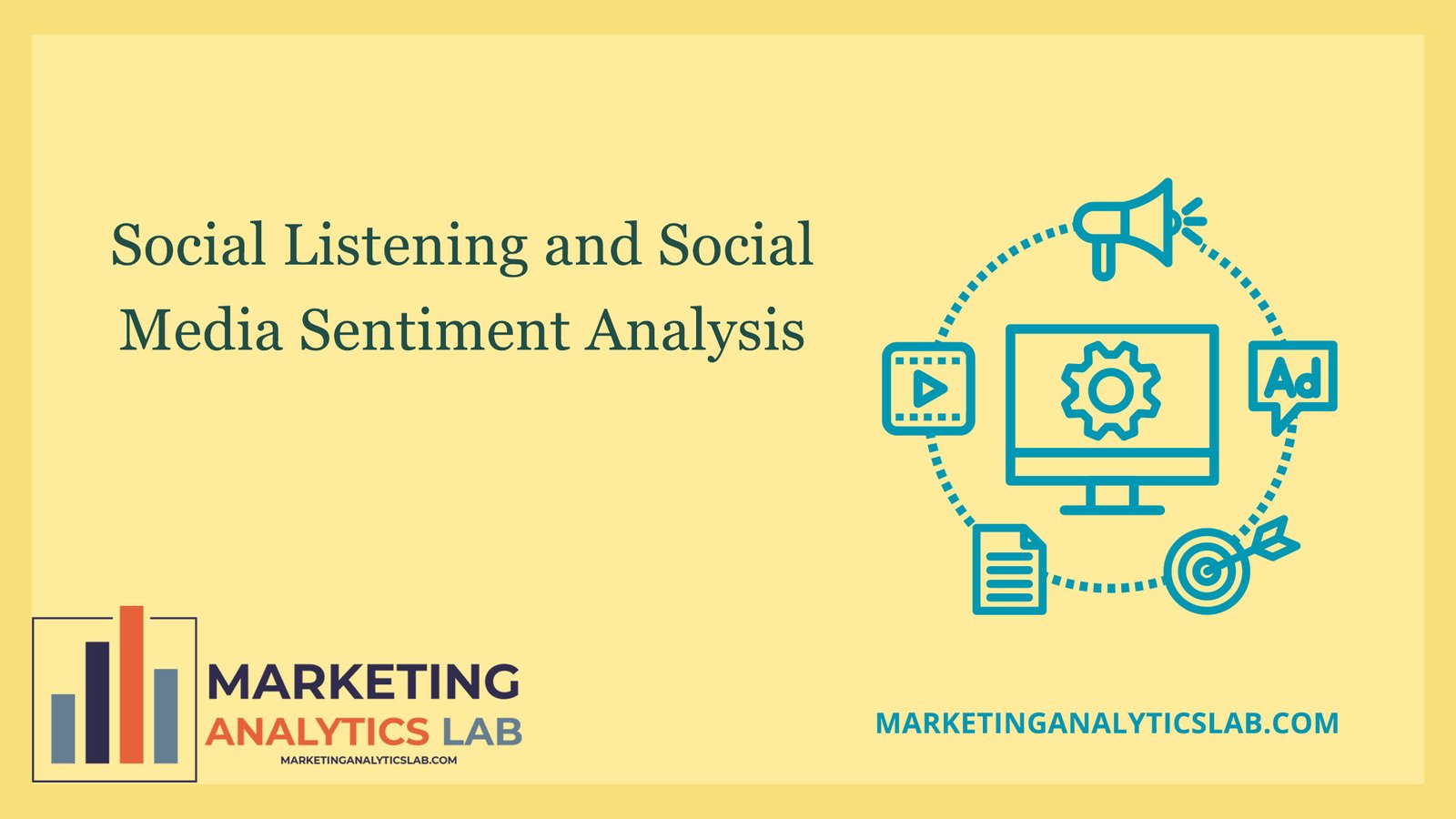In the digital age, social media has become an integral part of our lives, influencing how brands communicate, engage with consumers, and monitor their reputation. As companies strive to understand their audiences better, social listening and sentiment analysis have emerged as essential tools for gathering insights from the vast amounts of data generated on social platforms. This article delves into the concepts of social listening and sentiment analysis, exploring their significance, methodologies, tools, and the value they provide to businesses.
What is Social Listening?
Social listening refers to the process of monitoring and analyzing conversations and trends occurring on social media platforms and other online channels. It involves tracking mentions of a brand, product, or topic across various platforms to gain insights into customer opinions, preferences, and behaviors. Social listening enables organizations to understand their audience’s sentiments, identify emerging trends, and engage in meaningful conversations.
Key Components of Social Listening
- Monitoring Mentions: Keeping track of brand mentions across social media platforms, blogs, forums, and news sites is crucial. Tools for social listening can automate this process, allowing businesses to respond swiftly to customer inquiries, feedback, and complaints.
- Identifying Trends: By analyzing the data collected, brands can identify trends and patterns in consumer behavior. This may include tracking the popularity of specific topics, hashtags, or keywords related to the brand.
- Engagement: Social listening allows businesses to engage with their audience effectively. By understanding what customers are saying, companies can tailor their communication strategies, resolve issues, and foster loyalty.
- Competitive Analysis: Monitoring competitors’ social media presence can provide valuable insights into their strategies, strengths, and weaknesses. This helps businesses to benchmark their performance and identify opportunities for differentiation.
What is Social Media Sentiment Analysis?
Sentiment analysis, also known as opinion mining, is the use of natural language processing (NLP), machine learning, and text analysis to determine the sentiment expressed in a piece of text. It aims to classify the sentiment as positive, negative, or neutral, providing a quantitative measure of public opinion.
Key Components of Sentiment Analysis
- Text Processing: The process begins with data collection, which includes cleaning and preprocessing the text data to remove noise, such as stop words, punctuation, and irrelevant content.
- Feature Extraction: Relevant features are extracted from the text, such as keywords, phrases, and emotional indicators. This step often involves techniques like tokenization and stemming.
- Sentiment Classification: Once features are extracted, algorithms are applied to classify the sentiment. This can involve supervised learning (using labeled data) or unsupervised learning methods (identifying patterns without predefined labels).
- Visualization and Reporting: The results of sentiment analysis can be visualized through dashboards or reports, providing stakeholders with insights into customer sentiment over time, the impact of marketing campaigns, or the success of product launches.
The Importance of Social Listening and Sentiment Analysis
1. Understanding Customer Needs and Preferences
Social listening and sentiment analysis enable brands to gather real-time feedback from their audience. By analyzing the sentiments associated with their products or services, businesses can better understand customer needs and preferences, leading to improved product development and marketing strategies.
2. Crisis Management
In the age of social media, negative feedback can spread rapidly. Social listening allows brands to identify potential crises early, enabling them to address issues before they escalate. A prompt response can mitigate damage and maintain brand reputation.
3. Enhancing Customer Engagement
Understanding customer sentiment facilitates personalized communication. Brands can tailor their messages based on the emotions expressed by their audience, leading to more effective engagement and relationship-building.
4. Measuring Brand Health
Sentiment analysis provides a quantifiable measure of brand perception over time. By tracking sentiment trends, businesses can gauge the effectiveness of their marketing efforts, campaigns, and overall brand health.
5. Informed Decision-Making
The insights derived from social listening and sentiment analysis empower data-driven decision-making. Organizations can base their strategies on real-time feedback rather than relying solely on traditional market research methods.
Tools for Social Listening and Sentiment Analysis
Numerous tools are available for social listening and sentiment analysis, each offering various features tailored to different business needs. Some popular tools include:
- Hootsuite: A comprehensive social media management platform that offers social listening features, allowing users to monitor brand mentions and engage with their audience effectively.
- Brandwatch: A powerful social listening and analytics tool that provides deep insights into consumer sentiment, trends, and brand health.
- Sprout Social: This platform offers social media management along with robust analytics and reporting features for monitoring sentiment and engagement.
- Mention: A tool focused on real-time monitoring of brand mentions across social media and the web, providing sentiment analysis and competitive insights.
- Lexalytics: Specializes in text analytics and sentiment analysis, offering solutions for businesses to derive insights from customer feedback and social media data.
Challenges in Social Listening and Sentiment Analysis
Despite the benefits, social listening and sentiment analysis come with challenges:
- Data Volume: The sheer volume of data generated on social media can be overwhelming, making it difficult to filter relevant information.
- Language and Context: Understanding sentiment can be complex due to the nuances of language, slang, and cultural context. Automated tools may struggle with sarcasm, irony, or idiomatic expressions.
- Integration with Existing Systems: Businesses often face difficulties integrating social listening tools with their existing CRM or marketing systems, hindering the flow of information.
- Privacy Concerns: Collecting and analyzing user-generated content raises ethical and privacy issues, necessitating transparency and adherence to data protection regulations.
Conclusion
Social listening and sentiment analysis are invaluable components of modern marketing strategies. By harnessing the power of these tools, businesses can gain deep insights into customer opinions, enhance engagement, and make informed decisions. As technology continues to evolve, the capabilities of social listening and sentiment analysis will only improve, enabling brands to navigate the ever-changing landscape of consumer behavior with greater agility and precision. In a world where customer voice matters more than ever, leveraging these tools effectively can set businesses apart from their competitors and foster lasting customer relationships.

